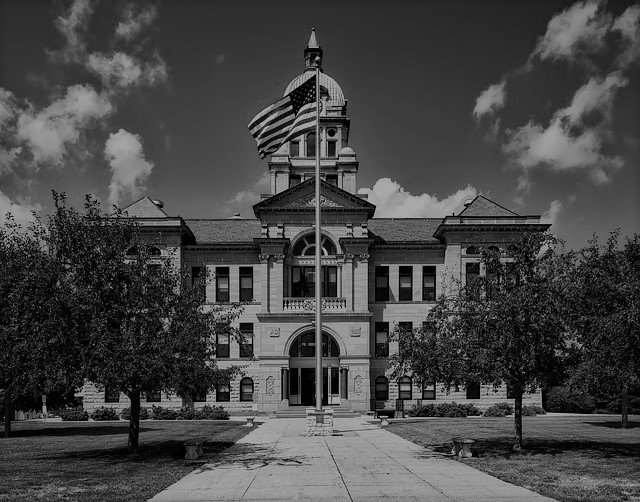
Welcome back and thanks for joining us as we continue the interesting (and admittedly very sad) subject of foster care in the U.S. and Michigan. So far we’ve looked at the challenges faced by early orphanages, the orphan trains out of New York city, and the very start of foster care in Michigan. In this last segment we’re planning to take a look at other important steps in the protection of children, including the development of the juvenile court and the social security act of 1935.
The development of the very first juvenile courts
The very first juvenile court in the U.S. was formed in Chicago in 1899. But by 1919 almost every state in the US had a juvenile court of its own. Although the early juvenile court was primarily interested in dealing with delinquent child (who broke the law), they were also given the jurisdictional ability to intervene when a child was being abused or neglected.
During the first twenty years of last century, the protection of children slowly shifted from being primarily handled by non-governmental agencies, to being the province of state leaders and legislators. But it was not until the Great Depression, when many charities and nonprofits went out of business, that the government stepped in and took over the protection of children across the U.S.
In the words of Douglas Falconer, a social worker working during the 1930s, “For many years responsibility for child protection was left almost entirely to private agencies …. Great sections of child population were untouched by them, and in many other places the service rendered was perfunctory and of poor standard …. The belief has become increasingly accepted that if children are to be protected from neglect, the service must be performed by public agencies.”
When there was no one else, the federal government stepped in…
In 1935, when there was almost no private or nonprofit agency left with any funding, the federal government passed the Social Security Act of 1935, which began the process of providing resources to states to provide for child welfare. Included in that act was a provision that allowed the Children’s Bureau the right to “cooperate with state public-welfare agencies in establishing, extending, and strengthening, especially in predominantly rural areas, [child welfare services] for the protection and care of homeless, dependent, and neglected children, and children in danger of becoming delinquent.”
However the issue of homeless, abused and neglected children was still an issue twenty years later. In 1956, Vincent De Francis, then director of the Children’s Division of the American Humane Association, conducted an inventory of child protectives available around the country. Given that there had been 300 nongovernmental agencies handling child protection at the turn of the century, he was startled to discover that only 84 agencies remained. In fact, a total of 34 of the 50 states had no nongovernmental child-protective services of any kind, and only local and state governments were left to deal with the problem.
CPS is not an agency with a long history in the U.S.
By the mid 1950s CPS still didn’t exist. Police and the burgeoning juvenile court was left to deal with most child abuse and neglect cases. Because it was often considered a “private” or “family” matter, many cases went unnoticed or simply ignored. Join us next time, when we will be wrapping up this series with a look at the development of CPS and how it impacted child protection in the U.S. and Michigan.
Until then, if you or a loved one have had a run-in with CPS and you’re worried about losing your children to foster care, call The Kronzek Firm at 866 766 5245. Our skilled child abuse and neglect defense attorneys are here to help!
